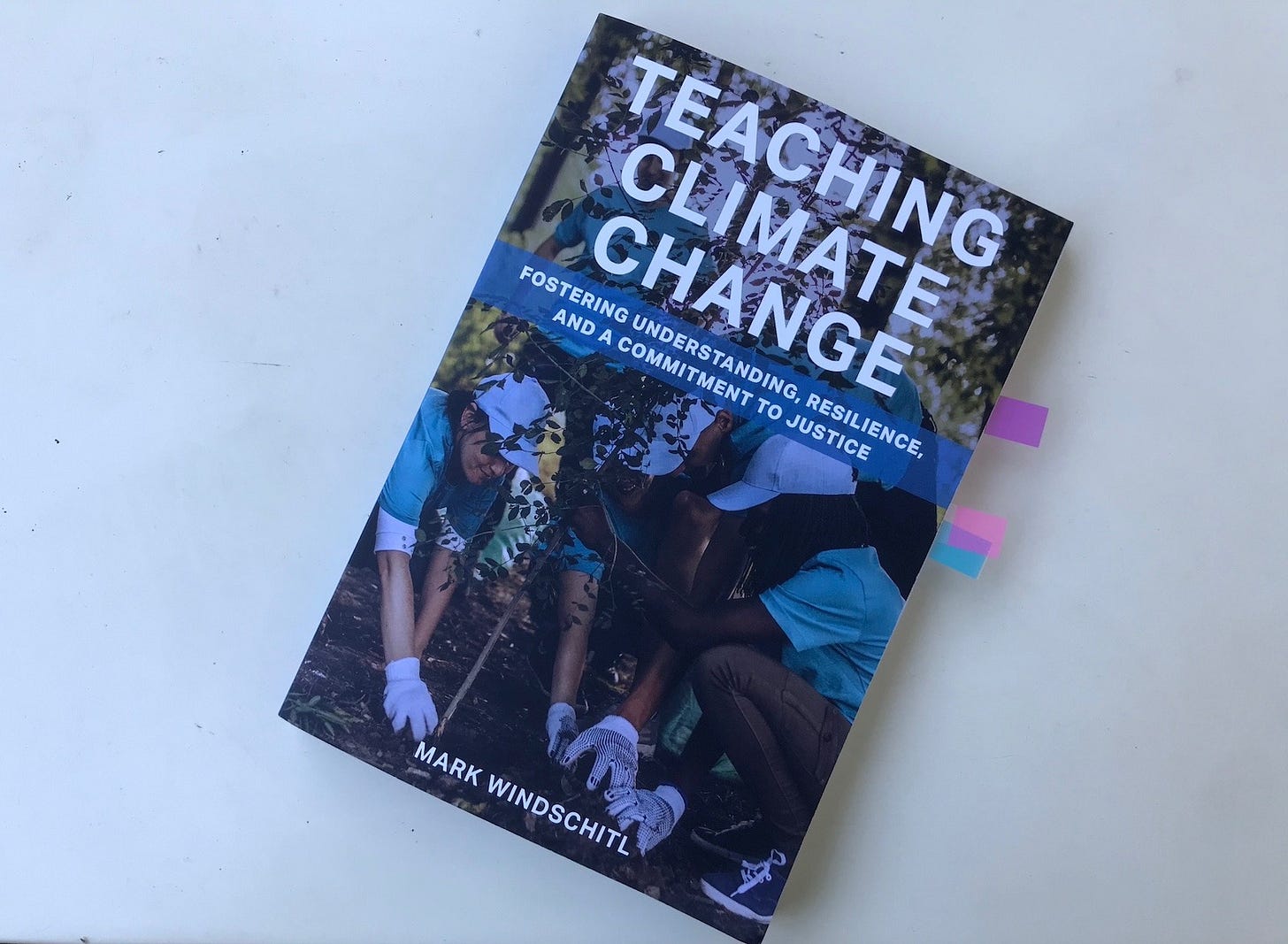Locating ourselves in the wide range of possibilities for restorative action
On a trip to Australia in 2010 to speak at a conference, on a visit to the Royal Botanic Gardens in Sydney, I saw hundreds of threatened grey-headed flying foxes (or fruit bats) in the trees and small groups of the Australian White Ibis wandering around (protected species, but not listed as threatened). I have to admit I found that many bats at close range fascinating and unsettling at the same time. The birds—incredibly striking beings.
So I experienced a particular thrill reading this post in The Guardian — “This bird came back from extinction - now scientists in an aircraft are teaching it to migrate” —about the Northern Bald Ibis, a bird that has been extinct in central Europe for 300 years, and an inspiring multi-year project that is part of a much larger effort to reintroduce these migratory birds. You can read more details of the project and organizations involved here—Waldrappteam, Zoo Vienna, and the World Wildlife Federation to name a few.
Follow the migration journey here—scroll down the page to the diary section. It’s anticipated to be a 50-day journey. Thursday, August 29, was day 17 of their flight to Spain from Bavaria. They have a day off Friday when I am writing, and when you read this, the 36 birds should be in the air again, following the microlight and their human “foster mothers.” They started the trip in August, after a few months of flight training to get them used to following this small aircraft (don’t miss the photos in The Guardian article).
Why am I writing about Northern Bald Ibises and their human foster parents? I’m guessing like many of you, I am thinking a lot about kids and the climate crisis. I’m currently reading a book Teaching Climate Change—Fostering Understanding, Resilience, and a Commitment to Justice (2023, Harvard Education Press) written by Mark Windschitzl, a former high school science teacher, and currently a professor of science teaching and learning at the University of Washington.
I read about Mark Windschitzl in the recent Exploratorium newsletter. Here’s an excerpt from the email:
In today's rapidly changing world, climate change and climate justice are crucial topics that educators need to grasp deeply in order to effectively guide our learners. This goes beyond simply presenting facts; it's about weaving narratives that connect scientific data with human experiences, fostering a deeper understanding of how climate change impacts the places we live, work, and play.
Teaching Climate Change Through Storytelling is a new collection of resources designed specifically for educators to explore together, building a strong foundation of knowledge and skills that can be shared with professional networks and beyond.
The writers of the Exploratorium newsletter thanked two people, Dr. Enrique Salmón and Dr. Mark Windschitzl, for their collaboration on this collection. I listened to this interview with Dr. Salmón and I bought the book by Dr. Windshitzl. I’m slowly working my way through it.
I really appreciate the Exploratorium’s focus on the science, climate justice, and storytelling. I think young people need to see and hear stories of efforts like the folks teaming up to support the Northern Bald Ibis, the Bay Area volunteer who spotted a rare northwestern pond turtle known as Turtle No. 9 “sunning itself on a logjam in Redwood Creek” in Muir Woods National Monument, and restoration milestones like the removal of the Iron Gate dam on the Klamath River on 27 August 2024, in Siskiyou county, California.
A richness and diversity of stories like these can help young people and the adults who care about them to locate themselves in the wide range of possibilities for creative, restorative actions.
Learn more about the Northern Bald Ibis, including its range and call, on eBird here.
Be well. Thank you for your curiosity and making time to read The Interconnect. Welcome to the new readers this week. I’m glad you’ve found your way here and I hope you stay a while. Please consider sharing this post with family, friends, teachers, and/or colleagues who might appreciate it and put it to work.

